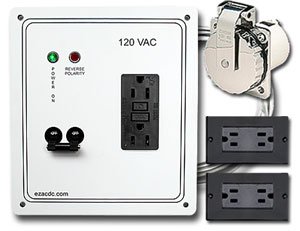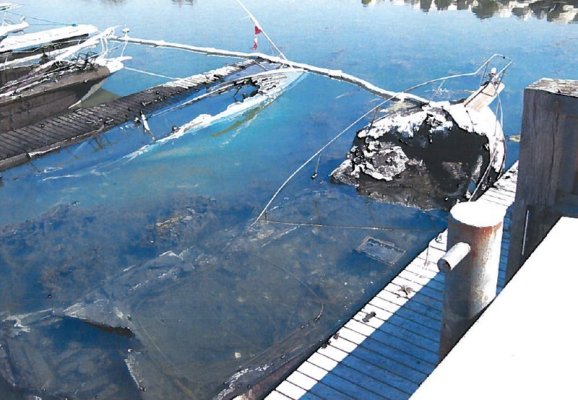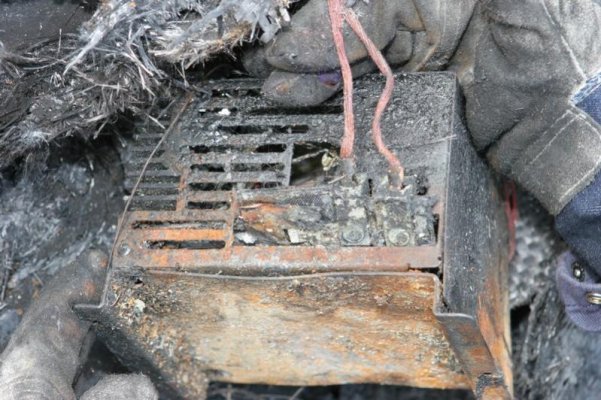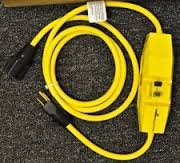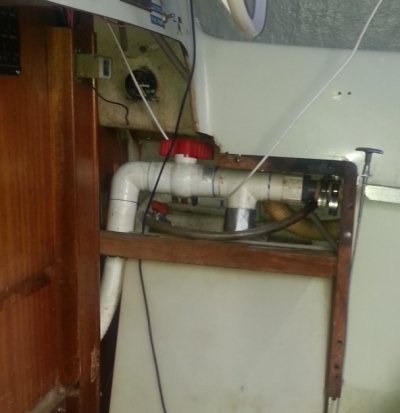Unfortunately...Marinco probably states that the 15amp boat inlet that's designed for charging bassboat batteries after a tough day on the lake is adequate if all that's attached is a batt charger and an extension cord to the boat inlet.
Not what I would like to see...and a much better setup for a boat on a trailer in your driveway but I'm not sure if that's the total 110V electrical system on a boat that it's dangerous. Especially as I posted before if adequate safeguards are in place only a few feet away.
Many marinas I have the displeasure of working out of have far more dangerous setups than what we are talking here....year after year with no issues.
I would like to see an ABYC compliant setup as we are starting fresh with a minimal system so minimal pieces and parts are required...but I also can't get too excited about something akin to an extension cord running to a batt charger on the boat not needing space travel safety levels.
Psneeld, your position surprises me. An extension cord to a bass boat in the driveway is significantly different than a boat in water plugged into a shore pedestal. We are talking about $20 bucks for a breaker, hardly space travel safety level.
I am involved in a law suit at the moment over a similar condition. Unfortunately the guy without a proper grounding system lost his boat but so did three innocent neighbours.

